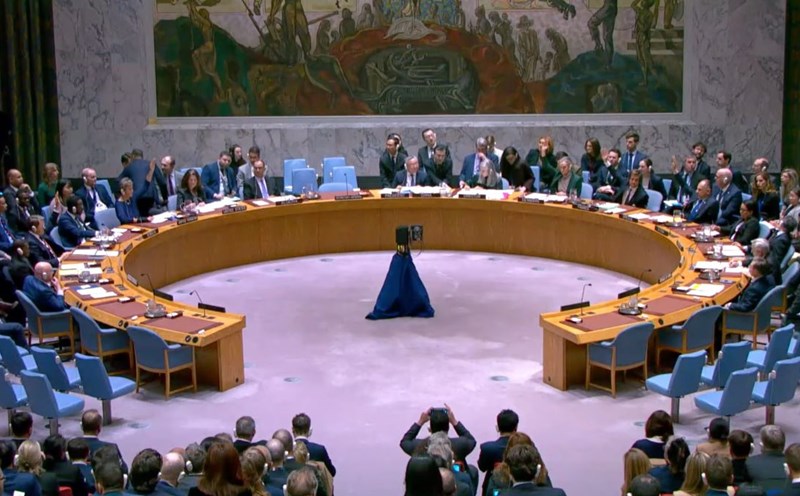Different opinions on forums related to Ho Chi Minh City's metro all focus on one topic, which is how to complete this extremely important goal.
It is extremely important, because when 355km of metro in Ho Chi Minh City is completed, urban traffic in Ho Chi Minh City will have a new look. People have modern public transport to travel instead of personal vehicles. Urban problems such as traffic jams and environmental pollution will be limited, people can live in a spacious and civilized city.
Regarding metro construction, Ho Chi Minh City has learned many lessons from Metro No. 1 (Ben Thanh - Suoi Tien) and Metro No. 2 (Ben Thanh - Tham Luong) projects, ensuring that when implementing the next projects, it will not fall into the "old traffic problem", leading to slow progress and capital increase. These are lessons: Site preparation, legal procedures, contract preparation, lessons on autonomy, operations and passenger utilities.
Site clearance is always difficult, especially in urban areas like Ho Chi Minh City. However, it is difficult to need talented people to come up with optimal solutions. Without a clean land fund, the project will never be completed.
Legally, the National Assembly has passed a Resolution to pilot a number of specific mechanisms and policies, especially to develop the urban railway network system in Hanoi and Ho Chi Minh City, which will be the basis for removing obstacles to smooth operation of metro projects.
From the lesson of autonomy in capital sources, Ho Chi Minh City has considered capital mobilization solutions such as issuing urban bonds and support from the Central Government. Another source is from private economic groups, participating in projects, contributing resources in terms of capital and technology.
Domestic corporations and enterprises are also participating in projects to exploit land along metro lines according to the TOD model (urban development according to the orientation of public transport), creating diverse development space, connecting with the urban transport ecosystem from airports to seaports, from roads to waterways.
Not only THACO and Vingroup, if there are appropriate policies, will mobilize many other businesses to participate. The business community joins hands to cooperate, the new 355km metro of Ho Chi Minh City has become a reality.











